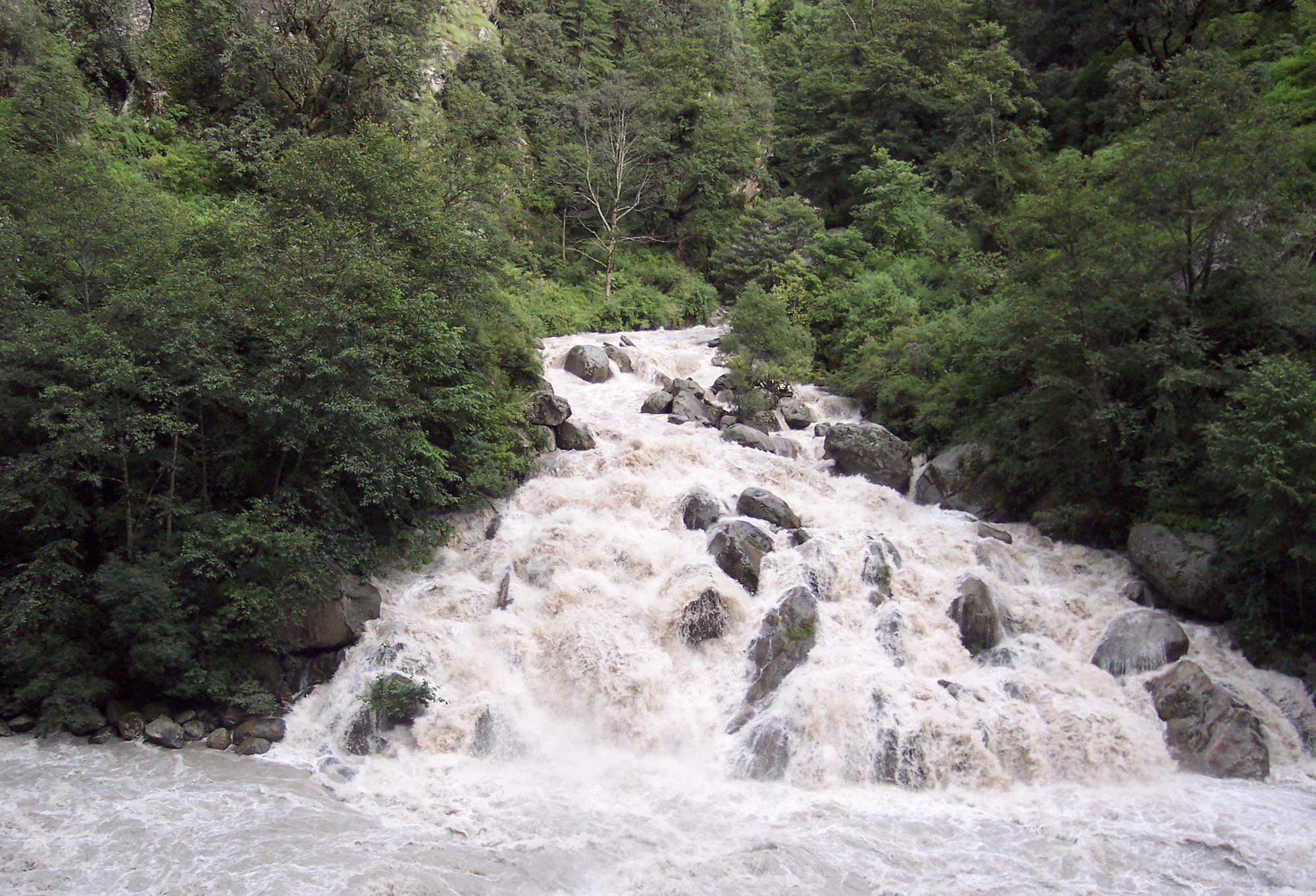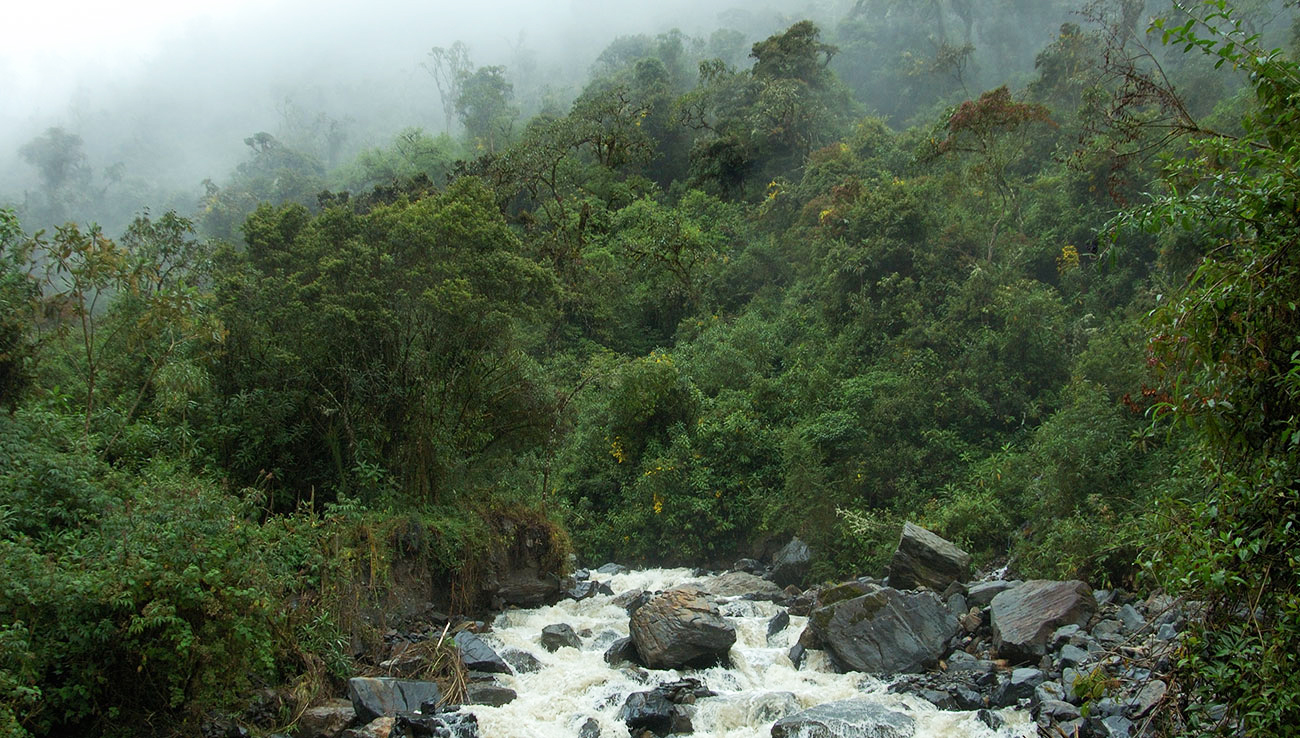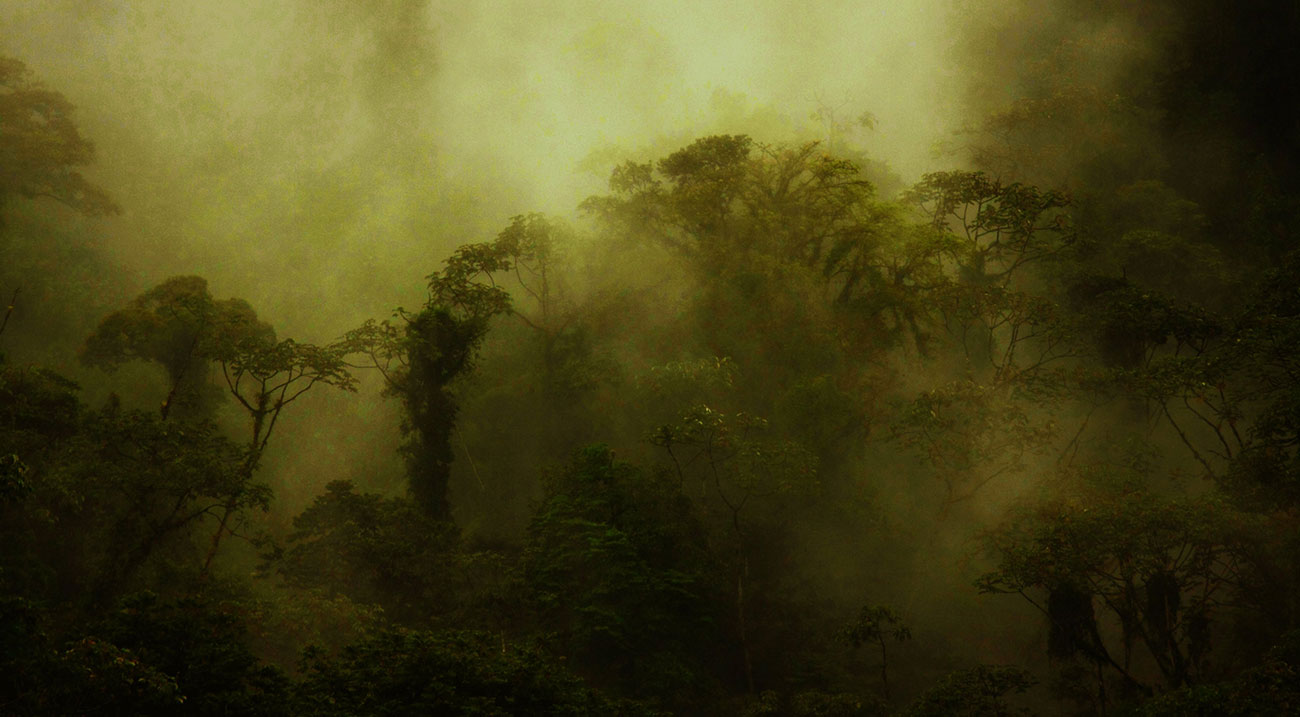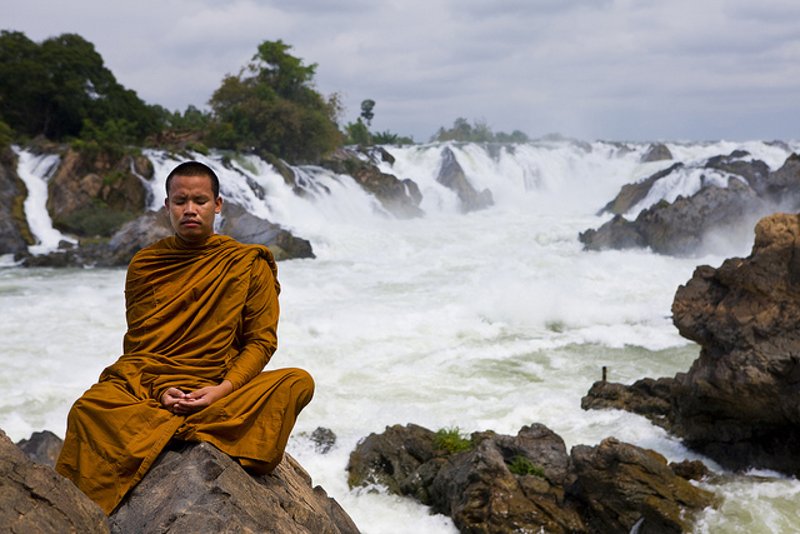
When we think about fresh water it is important that we think about it in relation to mixed forests and biodiversity. This is because they play an absolutely indispensable and pivotal role in maintaining the global water cycle.
“The ecological linkages between water, wetlands and forests represent the intricate interdependence of our ecosystems and our resources. Forests play a pivotal role in the hydrological cycle by affecting rates of transpiration and evaporation, and influencing how water is routed and stored in a watershed.”
Forests purify air and water and they stabilise and moderate the Earth’s climate, renew soil fertility, recycle nutrients and seed clouds.
Water and forests are constantly interacting to produce healthy and productive ecosystems. Acting as enormous sponges, forests provide natural filtration and storage systems that supply a high percentage of freshwater globally. Their roots and leaf biomass affect water balance and create conditions that promote the infiltration of rainwater into the soil and then into the groundwater and aquifer systems.
“Shifts of woody and herbaceous vegetation with deforestation, afforestation, and woody plant encroachment typically alter the depth and distribution of plant roots, influencing soil nutrients, the water balance and net primary productivity”

Mixed forests and biodiversity play a crucial role in the renewal and recharge functions of the hydrological cycle by affecting rates of transpiration and evaporation and influencing how water is routed and stored in watersheds.They also play a fundamental role in climatic conditions at both regional and global levels.
Vegetation, soil moisture, and glaciers, for example, are as much a part of the climate system as are temperature and precipitation.” (Pielke et al. A broader view of the role of humans in the climate system,2008)
Deforestation is posing a major threat to climate and the quantity and quality of available fresh water globally. According to the FAO the loss of forest cover can adversely affect freshwater supplies, threatening the survival of millions of people.
“Forests, trees and forested watersheds provide multitude of services. The loss of forest and tree cover and conversion to other land uses can adversely affect freshwater supplies and compound human disasters resulting from hydrometeorological extremes. Also, loss of forests and trees can contribute to local and perhaps regional climate variability.”
Mixed indigenous forests and biodiversity provide irreplaceable natural services. They are an absolutely vital part of the global water cycle and climate.
Water is unique amongst Earths natural resources because whilst it is renewable, it is not replaceable and virtually all-terrestrial life is dependent upon it. There are various substitutes for presently used energy sources but there is no substitute whatsoever for fresh water. However the renewability of fresh water is dependent upon a healthily functioning water cycle. This is utterly reliant upon biological diversity to function effectively and provide adequate quantities of fresh water.
“Ecosystems and landscapes sustain water resources. Forests play a major role in the water cycle, ensuring quantity, quality and stability of water for human use.”
Download: FAO/HLPE, Water for Food Security and Nutrition, 2015.pdf

Most people in the world are dependent upon groundwater. However ground water availability is related to the recharge aspect of the hydrological cycle and high areas, such as forested mountains and hills are typically where aquifers are recharged. They are naturally recharged by rain and snowmelt and the roots of these forests help to channel the snowmelt into the underground water systems, which feed into aquifers.
“The availability and especially the quality of water are strongly influenced by forests and thus depend on proper forest management”
Recharge is critical to maintaining the abundance, quantity, purity and quality of groundwater. It provides a constant supply of freshwater to wells, springs, and wetlands. Therefore the necessity of forests, particularly mixed indigenous mountain forests, for freshwater and the entire global water cycle becomes starkly evident.
This indicates that protecting, conserving and restoring these forests is absolutely essential for water, food, development and the well being of all worldwide.
Forests also play a vital yet generally overlooked role in the Earth’s climate system

“In Earth System science, climate is not the long term average of weather statistics, but involves the non linear interactions between the atmosphere, oceans, continental ice, and land surface processes, including vegetation, on all time scales.”strong>
Download: Pielke et al. Non Linearities in the Earth System, 2003.pdf
Forests, influence the hydrological cycle by directly affecting rates of transpiration and evaporation and by influencing how water is recycled and stored in watersheds.
“Mountain forests of all kinds have great value as protective cover on the steep slopes of headwater catchments. Mountains have been called the world’s ‘water towers’, and forests the stabilizers that guard water quality and maintain the natural flow regime of streams and rivers emanating from these mountain headwaters. Soil surface erosion and occurrence of shallow landslips are minimized, by natural healthy forest cover. Cloud forests on tropical mountains not only fulfill this protective role admirably, but they also provide additional hydrological benefits. Because of their frequent exposure to fog, cloud forests enjoy an additional source of water compared to forests situated below the average cloud base. During dry spells in otherwise humid areas, and in places with low rainfall but frequent low cloud, the ‘stripping’ of wind-blown fog by the vegetation becomes particularly important.”
It is important to note that it is the mixed native forests with their great variety of biodiversity, which are really so fundamental for maintaining the health of rivers, streams, watersheds, aquifers and springs.
“Transpiration is the movement of water through vegetation and soil and it accounts for 62% of annual globally renewable fresh water”
Download: CBD, Drinking Water Biodiversity and Poverty Reduction, 2010.pdf
Therefore the presence of forests and plants seriously affects the hydrological cycle and rainfall patterns and its large-scale removal significantly changes these patterns globally.
“The effects of land-use and land-cover change are almost always felt initially at the local scale and thus seem to be limited in scope and are not initially perceived as a global change issue. However, when aggregated over larger space and time scales, and when the impacts further along the chain of reverberations are considered, land-use and land-cover change are a potent driver of changes to Earth System.”
Download: W. Steffen et al. Global Change and the Earth System A Planet Under Pressure, 2004.pdf
Regardless of where we live on Earth, it is imperative that we take care of the natural world and all water resourcing ecosystems. This will safeguard the long-term well being of all of our families.
The mass of research that indicates the crucial function of biodiversity and forests is irrefutable. Thus the protection and restoration of ecosystems is a vital and essential contribution for protecting the global water cycle, which in turn is essential for water and food security. Population growth is often considered to be one of the main threats to these. However if the essential ecosystems are not restored and preserved then water and food security is not achievable regardless of population growth.
Our lives depend upon water and food. Therefore our lives depend upon global biodiversity and ecosystems. Life on Earth is interconnected and we are all interdependent and intrinsically linked.

“Effects of vegetation on the hydrological cycle can also be seen at the global scale. For example, differences in the variability of annual run off among continents are controlled not only by differences in precipitation amount but also by the geographical distribution of evergreen and deciduous vegetation (Peel et al., 2001).”
Population growth is often considered to be one of the main threats to these. However if the essential ecosystems are not restored and preserved then water and food security is not achievable regardless of population growth. Our lives depend upon fresh water and food. Therefore our lives depend upon global biodiversity and ecosystems. Life on Earth is interconnected and we are all interdependent and intrinsically linked.
“Water and ecosystems are fundamentally linked through processes, structure and function. Human society is responsible for the management of these ecosystems and, de facto, the management of water. Ecosystems should not be viewed as consumers of water, but rather they are essential elements of natural infrastructure within water management.”
Download: UNEP, 2013, ‘Natural Solutions for Water Security.pdf
